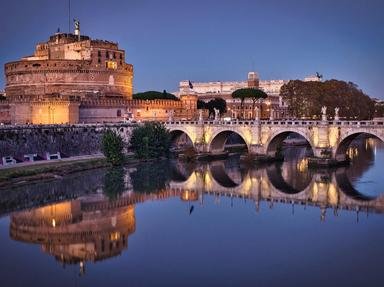Quiz Answer Key and Fun Facts
1. According to written sources what did the Goths regard as their original homeland?
2. Where did the Goths live in the 1st and 2nd centuries AD according to archaeological evidence?
3. In the third century AD (or somewhat earlier) many of the Goths migrated. Where did they go to?
4. The Gepids, another Germanic tribe, drove a wedge between the Goths in their key area of settlement, thus splitting the Goths into two main groups - the Visigoths and Ostrogoths. Why did the Visigoths cross the Danube into the Roman Empire in AD 376?
5. The Visigoths were oppressed in the Roman Empire. Though poor, they had to pay high taxes, for example. In AD 378 they rose in rebellion against the Romans and inflicted a devastating defeat on the latter. Where?
6. What became of the Ostrogoths around 380 AD?
7. The Visigoths found that despite their victory in AD 378 they still lacked a homeland. Where did they finally set up a kingdom that lasted till well into the early Middle Ages ('Dark Ages')?
8. The Ostrogoths established a major kingdom in 493. Where?
9. When the Goths converted to Christianity in the fourth century they adopted Arianism.
10. Between about 1600 and the late 18th century the adjective "Gothic" (and its cognates in other European languages) was usually synonymous with "barbarian". Which of these cities is the generally acknowledged centre of the civilization of the Goths?
Source: Author
bloomsby
This quiz was reviewed by FunTrivia editor
Beatka before going online.
Any errors found in FunTrivia content are routinely corrected through our feedback system.

